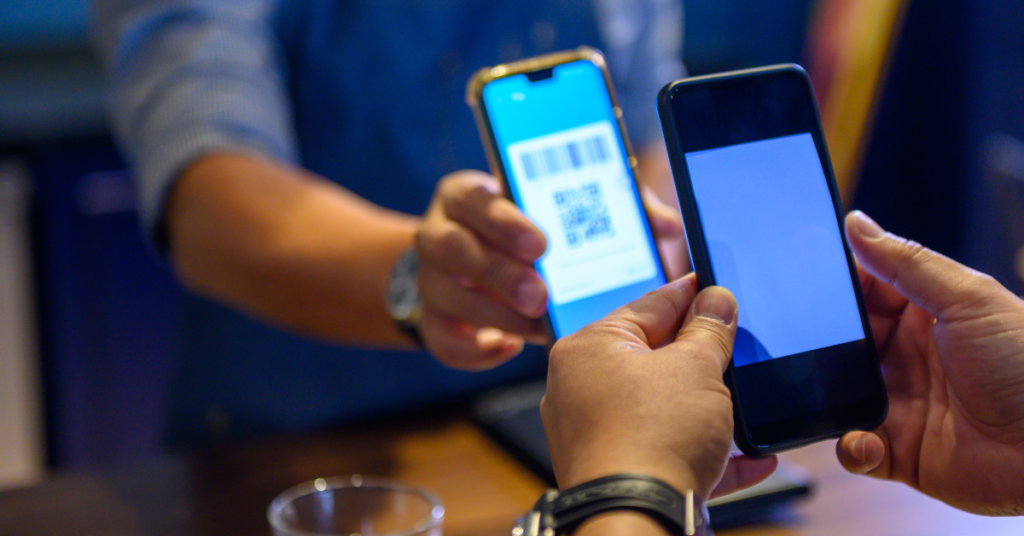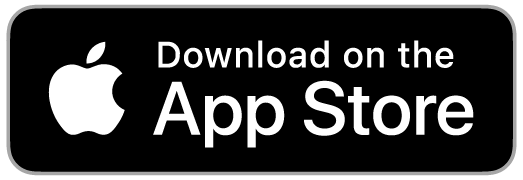Blog
Do the Unbanked Want and Need Financial Services?
June 20, 2022

It’s crazy to think that more than 1,7 Billion adults globally are unbanked. In most countries in South America, in-bound remittances exceed their income from tourism and direct foreign investment according to “IMF Working Paper (Western Hemisphere Department), Fintech Potential for Remittance Transfers: A Central America Perspective” published in June 2021.
Abstract:
“This paper analyzes the potential for fintech to facilitate cheaper and more efficient remittances, and to enhance financial inclusion in Central America.
The paper explores the potential for digitalization and fintech to enhance customers’ experience with these cash remittances, in line with the principles established by the Bali Fintech Agenda (BFA) (IMF and World Bank, 2018), which aims at fostering technology innovations in support of growth, financial stability, financial inclusion, and integrity.
The paper’s key findings include the following:
- Fintech advances will help to lower poverty and inequality and will onboard the unbanked into a financial services platform.
- Women and especially young women will benefit the most.
- In 2019, the average fee for a US$200 transfer was in the region of $6.00 USD which although low is still above IMF benchmarks.
- COVID-19 is shaking up domestic and cross-border payments, prompted by a shift in consumers’ and governments’ preferences towards digitalization as is the movement of refugees and other displaced peoples’.
- In addition to further cost reduction, fintech can promote financial inclusion. Detached from bank branches and agent networks, digital remittances can reach remote, low-income households.
- Digital remittances are also faster than those channeled physically and the associated information can complement traditional banking instruments for the assessment of creditworthiness.
- Internet network coverage is broadly adequate in Central America, but financial literacy and digitalization, particularly mobile financial services’ penetration, are still lagging.
We have designed a financial services platform to onboard the unbanked to offer them basic financial services like, online payments, transfers, contactless payments, remittance, cash in and cash out, QR Code payments, linked bank accounts, prepaid Visa cards etc. Billions of people may be unbanked, but they do have access to a mobile phone. This is the best pathway to onboarding the unbanked into a financial services platform.
The paper finds that Fintech firms have an efficiency edge over traditional firms, thereby contesting extraordinary margins. The paper also finds that remittance can enhance financial inclusion.
So who are the unbanked who receive cash remittances through traditional remittance services and do they need financial services?
In general, women are the largest recipients of cash remittance and the paper found that better educated women tend to use remittance by more than 10% indicating that education has a direct correlation to remittance use. Unemployed people are also some of the biggest receivers of cash remittance. “Less educated and younger individuals are more likely to be excluded from the financial system. These findings are in line with Brown et al. (2013) and Joshi and Shrestha (2018)”
The paper found that individuals living in rural locations are less likely to be financially included but those in any area that have access to mobile phones are more likely to be financially included through fintech products.
It is estimated that 20% of immigrants will use digital products (see page 22) of the paper. “Despite relatively favorable technology availability, the consumers’ digital uptake of remittances is moderate, reflecting primarily a combination of behavioral inertia and/or informal employment status at origination, and inadequate financial literacy on the receiving end.”
- “At origination, only 20 percent of migrants use online banking platforms, with the odds of originating remittances through a digital channel being higher when senders are paid into a bank account. “
- “For physical senders, routine-seeking and cognitive rigidity (Rinehart et al. 2018; Kosse and Vermeulen, 2014), coupled with a small cost differential between non-digital and digital channels (Section VII.B), could explain a slow shift to remittance digitalization.
- On the receiving end, many people in Central America remain unconnected or under-connected (Figure 3, middle charts), whether due to inadequate financial literacy, expensive and/or low-quality internet service. Over two thirds of the population in Guatemala, Honduras, and Nicaragua, and over a third in El Salvador and Dominican Republic, is yet to experience the mobile internet. In addition, as already suggested in Section VI and Annex II, the age and education of remittance recipients may also determine the uptake of technology.”
70% of global remittance is for personal use, and of that 49% is cash remittance which is our primary target market. In sector 1 this is approximately USD 65 Billion USD in inbound cash remittances.
Page 27 –
“Despite progress in mobile penetration, Tigo Money operations—Millicom’s mobile financial service—are still shallow. As of June 2020, only 4.1 percent of the Tigo’s customer base had active mobile financial services. Although Tigo Money operates in collaboration with local banks and 8 major RSPs, receiving cross-border payments through Tigo’s e-wallet is still a nascent business, barely representing 2 percent of total remittance inflows.”
SUMMARY
We believe Empowch will have a far higher uptake because we will offer free remittance at 0%, which no one is currently doing! We estimate in line with this paper, that the uptake potential in our global market will be in the region of 20% of the global market of unbanked adults although our calculations only estimate the impact of a 1% uptake. It is our opinion that the unbanked do need and do want financial services and that providing these services will empower the unbanked by allowing them to partake in a global economy at an affordable cost.
Share Blog:
Empowering Peoples' Pockets
Empowch™, Empowch.com™ are trademarks of Bankey, LLC.
Copyright © 2022 Bankey, LLC
All Rights Reserved.
All other trademarks are the property of their respective.








